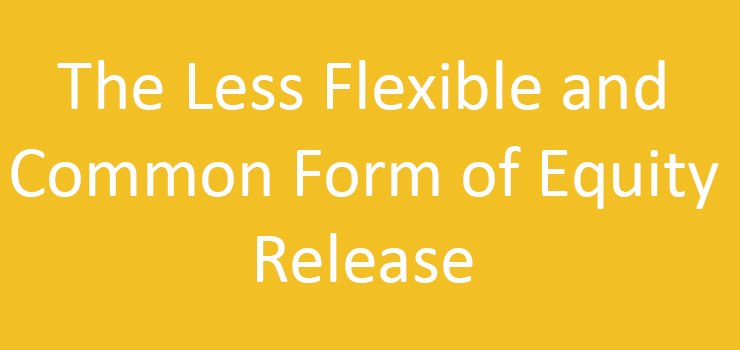Retirement can be difficult for many based on the fact that many retirees do not have a fixed source of income except for their pension. Their pension amount may not be sufficient or it may be just enough to cover their daily living expenses. Many retirees are looking for an additional source of income to help them meet ends; however, due to the fact that financial institutions are not quick to offer financial aid to retirees, many retirees are left with only one option – equity release.
Two forms of equity release are available: home reversion and lifetime mortgage.
Equity release is only available to retirees who own a property. Equity release gives retired home owners the option to obtain additional income through the use of their property. The two main ways of obtaining income through equity release from a property during retirement are by obtaining a mortgage or by selling all or part of the property. Selling all or a part of your property during retirement in order to obtain additional income is known as a home reversion scheme.
You may be wondering to yourself where you will live if you sell your property or why you would only choose to sell a part of your property instead of the entire property. Home reversion providers give you the option of selling your property without having to move out of it. You are allowed to live in it for as long as you wish so you do not have to worry about where you will live if you choose to sell your entire property to a home reversion provider.
In terms of why you may choose to only sell a part of your property, the answer is simple. This will guarantee an inheritance for your beneficiaries. By selling only a part of your property, you will have the other part to leave behind for your beneficiaries. If you choose to sell only a portion of your property your family will need to sell the rest of the home to the provider on your death or removal to a long term care facility. The provider must offer a fair price based on the value of your home at the time; however, home values can change which might mean a decrease or increase in the value of the remaining portion.
The scheme is a less common form of equity release. These days, it only accounts for about 2% of equity release applications. Many home owners are still very interested in these plans, although it is less flexible that its counterpart – the lifetime mortgage. The reason for inflexibility is due to selling a part of the home. With the lifetime mortgage you do not sell any of the home but you gain a new mortgage on the property. The mortgage has to be paid off before any inheritance can be paid out to beneficiaries. The house may have to be sold to cover the mortgage or your beneficiaries will need to pay it off with their own funds.
The advantage to lifetime mortgages is the amount taken in the equity release. A lump sum or drawdown amount can be taken. With a drawdown amount you take a smaller portion of funds, just what you require at the time, and only pay interest on the amount loaned. It can be a more affordable option depending on your situation. There are three other types of lifetime mortgages, which is another reason this scheme can be seen as more flexible than reversion schemes.
To take the benefits of reversion schemes you will want to obtain a financial adviser who can work with you to design a plan best fitting your needs. The management of the plan is ongoing through the administration of the plan you have chosen. Once the last remaining person has moved on the property is sold and any money remaining is given to the beneficiaries. The percentage of home sold is typically 50% or higher in which you can decide to take a lump sum or monthly payment.
The limit on funds is decided based on your life expectancy, current age, and home value. A higher home value will naturally provide more funds during a partial sale. You do have the option of buying back the portion of home sold; however, the fees can be high making it less affordable to go with the buy-back option.
Home reversion plans are commonly seen as the old fashioned way of releasing tax free cash but as mentioned earlier, they guarantee home owners an inheritance for their beneficiaries.

